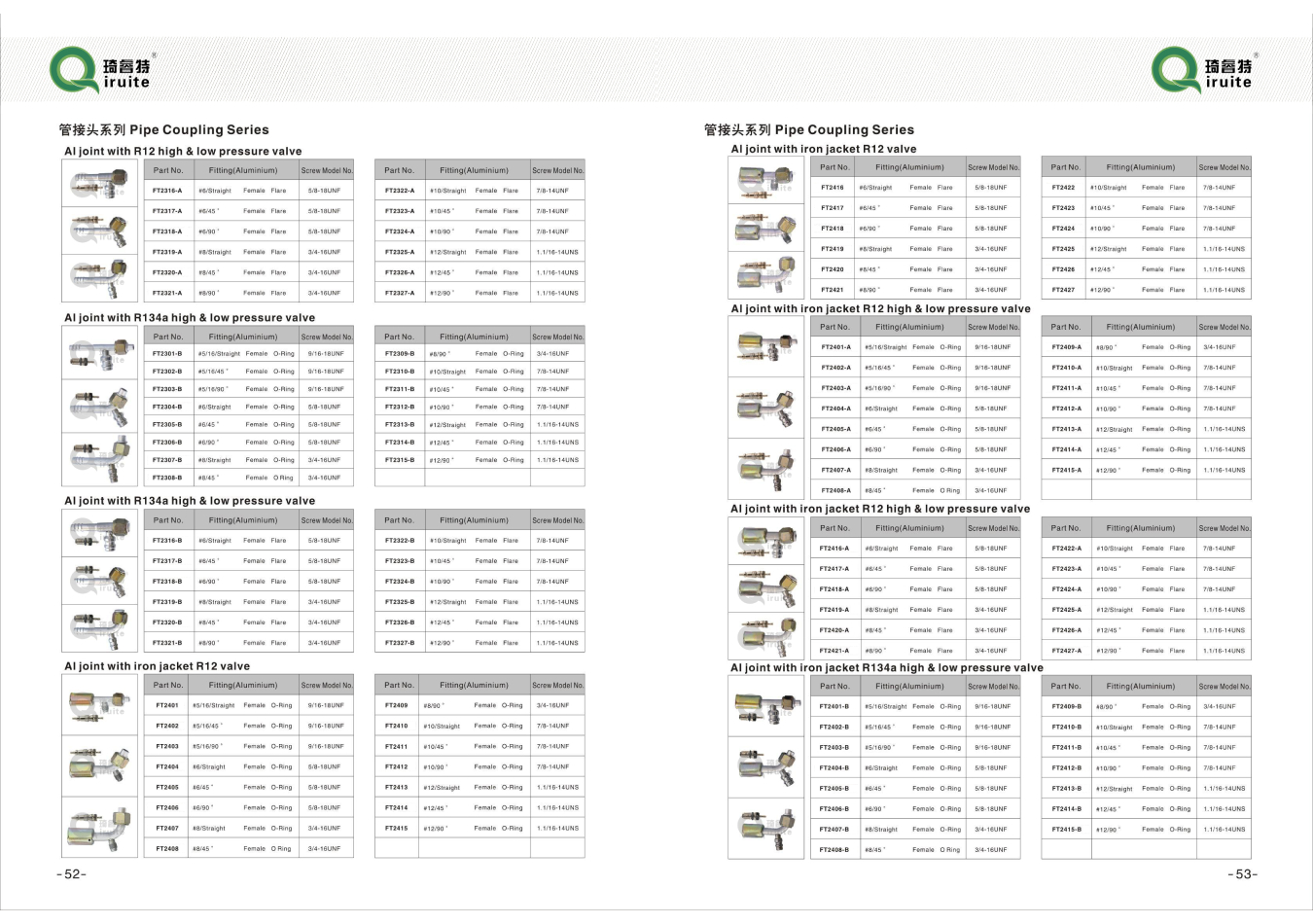Understanding the Importance of Car Brake Lines for Vehicle Safety and Performance Maintenance
Understanding Car Brake Lines Importance and Maintenance
Car brake lines are a critical component of any vehicle's braking system, essential for safe driving and effective stopping power. These lines, typically made of a strong, durable material such as steel or reinforced rubber, are responsible for transferring brake fluid from the master cylinder to the brake calipers or wheel cylinders. This process is vital for converting driver input into the mechanical action needed to stop the vehicle. Understanding how brake lines function, their importance, and how to maintain them can help ensure your vehicle remains safe on the road.
The Role of Brake Lines in Vehicle Safety
Brake lines are instrumental in the hydraulic braking system, where they play a key role by transmitting pressure exerted by the driver’s foot on the brake pedal. When the pedal is pressed, brake fluid is pushed from the master cylinder through the brake lines to the brakes at each wheel. This fluid creates hydraulic pressure, which then engages the calipers (in disc brakes) or wheel cylinders (in drum brakes), causing the brake pads or shoes to press against the rotors or drums and ultimately slow down or stop the vehicle.
The integrity of brake lines is crucial. Any damage, corrosion, or leakage can lead to a loss of pressure in the braking system, resulting in diminished braking ability, which could lead to catastrophic accidents. Regular inspection of brake lines for signs of wear, such as cracks, rust, or fluid seepage, is important for maintaining vehicle safety.
Types of Brake Lines
There are primarily two types of brake lines used in vehicles rigid brake lines and flexible brake lines. Rigid brake lines, typically made of steel, are used in areas where the lines are fixed and do not require any movement, such as along the frame of the vehicle. Flexible brake lines, on the other hand, are made of reinforced rubber or PTFE (Teflon) and are found in locations where movement is necessary, such as at the suspension components and braking mechanisms. Each type serves its purpose, providing the necessary flexibility and strength to ensure reliable performance.
Maintenance of Brake Lines
car brake lines

Preventative maintenance of brake lines is essential for ensuring their longevity and reliability. Here are a few maintenance tips to consider
1. Regular Inspections Periodically check brake lines for any visible signs of wear or damage. Look for signs of rust, corrosion, or fluid leaks.
2. Brake Fluid Level Keep an eye on the brake fluid level in the master cylinder. If the fluid appears low, it could indicate a leak in the brake lines that needs immediate attention.
3. Professional Servicing Have your brake lines professionally inspected during routine vehicle maintenance. Mechanics have the experience and tools necessary to identify potential problems that may not be apparent to the average driver.
4. Replacement If any part of the brake line system shows signs of wear or damage, it is crucial to replace it promptly. Driving with compromised brake lines is unsafe and can lead to brake failure.
5. Environmental Factors Be aware of the environment in which you drive. Vehicles exposed to harsh conditions, such as road salt, can experience accelerated degradation of brake lines. Regular washing of your vehicle in winter months can help mitigate this issue.
Conclusion
The brake lines of a vehicle are indispensable for effective braking and overall safety on the road. Understanding their function, the types of brake lines, and the importance of maintenance can help car owners take proactive steps to ensure their braking system operates effectively. Regular inspections and timely repairs or replacements can safeguard against brake failure, promoting safety for both the driver and others on the road. Remember, a well-maintained braking system is a key aspect of responsible vehicle ownership.
-
Ultimate Spiral Protection for Hoses & CablesNewsJun.26,2025
-
The Ultimate Quick-Connect Solutions for Every NeedNewsJun.26,2025
-
SAE J1401 Brake Hose: Reliable Choice for Safe BrakingNewsJun.26,2025
-
Reliable J2064 A/C Hoses for Real-World Cooling NeedsNewsJun.26,2025
-
Heavy-Duty Sewer Jetting Hoses Built to LastNewsJun.26,2025
-
Fix Power Steering Tube Leaks Fast – Durable & Affordable SolutionNewsJun.26,2025

